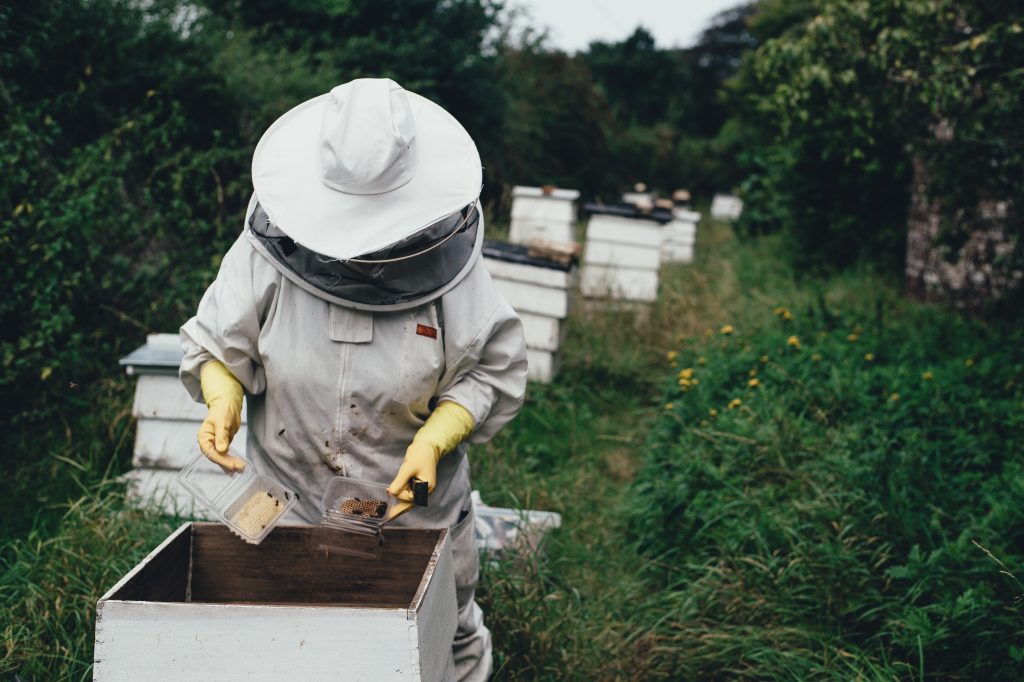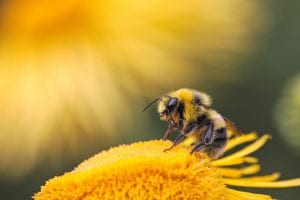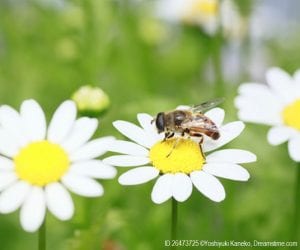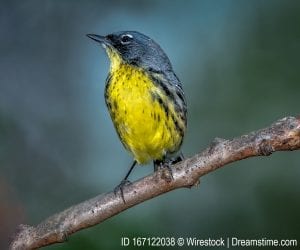National Honey Bee Day is August 19th! Now more than ever, the vital role honey bees play in our national and global ecosystems is being threatened. Honey bee populations are currently dwindling.
Honey Bees Are in Decline For a Bunch of Reasons
–Colony collapse disorder: This phenomenon, where worker bees disappear from the hive leaving behind the queen and her larvae unattended, has been attributed to many different causes but scientists are still discovering new possible explanations.
–Overexposure to pesticides: Neonicotinoids, a pesticide used to treat corn crops, has been linked to the slow death of bee colonies by poisoning the beesand lowering the rate at which the queen lays eggs.
–Habitat loss: North America’s urbanization rates have threatened honey bees’ natural habitats. The scarcity of pollen and nectar available, particularly in major cities, make it difficult for adult bees to survive.
–Nutrient-depleted food sources: Even if bees are lucky to find sources of food, the quality of the protein in pollen has severely decreased.
Though these factors may seem like isolated problems that have compounded into a larger issue, these problems do have one common denominator: humans.
The increase in human populations the world over have impacted dozens (if not hundreds) of animal species with the honey bee among its numbers. Though the disappearance of these species affects the delicate balances of their respective ecosystems, the honey bee’s population decline could seriously impact human survival. Honey bees pollinate 70 crop species that supplies 90% of the world’s nutrition which means, without their pollination, humankind’s nutritional survival is in danger.
Recently, there has been a concerted effort made to ensure the future of various species of honey bees. Beekeepers petitioned the USDA in 2009 for a day to raise community awareness on the plight of the honey bee in the U.S. Thus, the National Honey Bee Day was founded. On the third Saturday in August, beekeepers, environmentalists, and educators publicize the issues surrounding our honey bee populations and teach best practices on minimizing human contribution to dwindling bee numbers.
Interested in doing your part to curb honey bee population loss? Here are 3 ways you, your family, and your students can help:
1. Plant a bee friendly backyard or community garden: Even though home gardeners hate the site of them, dandelions and clover are great pollen sources for local bee populations. Avoid using lawn treatments on these plants as this may cause chemical runoff which could also affect beehives. If you absolutely hate the idea of having dandelion and clover plants take over your yard, use a more sustainable method of removal. Planting other native wildflowers will also ensure a sustainable food source for the bees. The Pennsylvania Apiculture Inc (PennApic), an organizer of their local National Honey Bee Day program, provides information on how to start your own Backyard Wildlife Habitat Sanctuary.
2. Buy locally-sourced foods: Eating organic can be expensive for sure, but eating local in-season foods helps curb the issues surrounding bee population depletion. Modern agricultural practices rely largely on the monoculture model: vast plots of land are cultivated to produce a single crop. This results in a singular ecosystem that is unbalanced and unhealthy. Buying from permaculture farms (farms where multiple crops grow) means that your produce comes from a source where honey bees and other animals contribute to and benefit from the health of a thriving and diverse ecosystem.

3. Learn and teach others to be kind to bees: Although bumble bees win the contest for the friendliest bee, honey bees can also be gentle creatures when handled properly. Children can be taught early to love bees and this early love can prepare them to make better choices for the health of honey bee populations in the future. Need help teaching kids about bees? Here are a few honey bee activities that could help.
From buying locally-sourced honey to letting those dandelions grow, no matter how you celebrate National Honey Bee Day this year, ensure that your actions become a part of your routine. With the right amount of buzz, we can all save the bees.
Image credits: Bee on flower by Dmitry Grigoriev on Unsplash; Bee keepers by Annie Spratt on Unsplash





